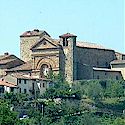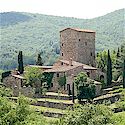Usually I confine my posts to bite-sized morsels of practical Tuscany tourist information. However, today let’s try something cultural and historical. I’ll try to provide some pointers on one way to think about the huge topic of the history of Tuscany and Tuscan culture. One approach is to see the culture of Tuscany in terms of the convergence – I have called it “the happy convergence” – of painting, architecture and gardening around the concept of the Tuscan villa.
Agriculture, represented in its “domesticated” form by the villa garden, as a seamless extension of the structure a house is, to me, one of the defining features of the Renaissance as expressed in Tuscany and later in the Veneto and the environs of Rome. Tuscany has a wonderful spontaneous vernacular architecture but the Tuscan villa is a conscious development of the studies of newly discovered and newly translated Classical literature that were so much a part of the Renaissance. As painting, probably the highest expression of the Renaissance culture, evolved into a representation of the real world as the artists knew it, so the representation of villas and their gardens, as well as the Tuscan landscape, became a defining feature of Renaissance painting. The classic example is Leonardo’s famous and beautiful depiction of the Annunciation set in a Renaissance villa at the point where the interior merges with the garden.
This conceptual convergence is overlaid on the evolution through time of the culture of Tuscany, meaning Tuscan history. Indeed, it’s a major part of the history of Tuscany. Traditionally, art history has followed the lives and interactions of artists and there’s a lot to be said for this approach to understanding Tuscany before your visit. And this being Tuscany, the lives of not just artists but also powerful political and merchant families, most prominently the Medici family, form an integral part of Tuscan history. Significantly, aristocratic families play a much more limited role in the history of the Tuscan city states. A fairly recent book that uses the life of Lorenzo ‘Il Magnifico’ as a framework for an excellent portrait of the history and culture of Tuscany during the high Renaissance is Unger’s Magnifico: The Brilliant Life and Violent Times of Lorenzo de’ Medici.
Here are some other web pages that provide an introduction to the history of Tuscany and Tuscan culture from the perspective I’ve outlined above:
The architecture of Tuscan gardens.
The gardens of the Tuscan villas.
The history of the Medici family.
About Elena Spolaor
Although Elena was born in Venice, she was brought up in Tuscany and is a historian and frequent contributor to online articles about life in Tuscany and Umbria. Her specialities are Tuscan and Umbrian local history and folklore.
- Web |
- More Posts(55)




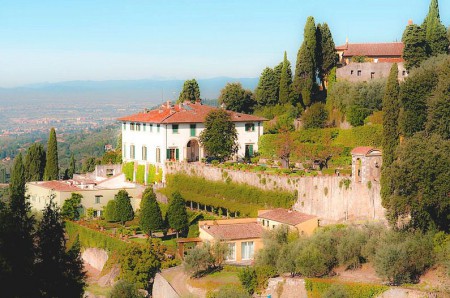
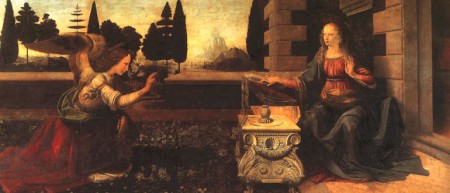
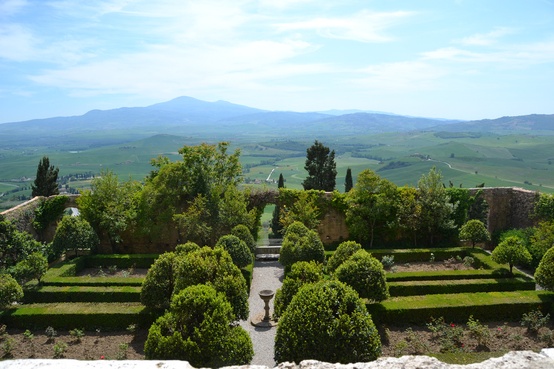
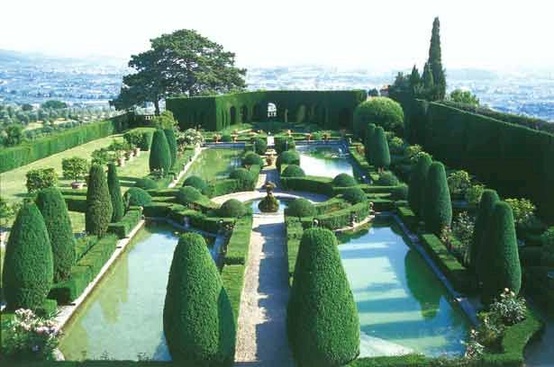
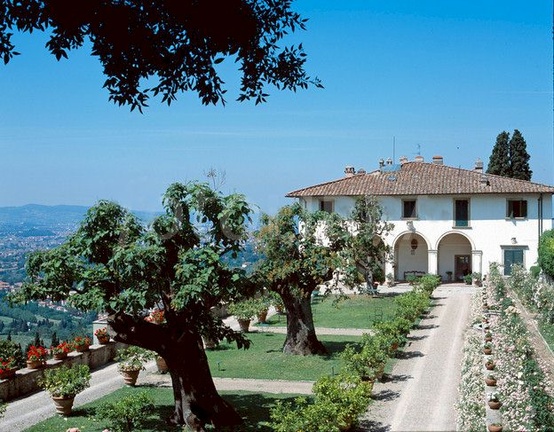
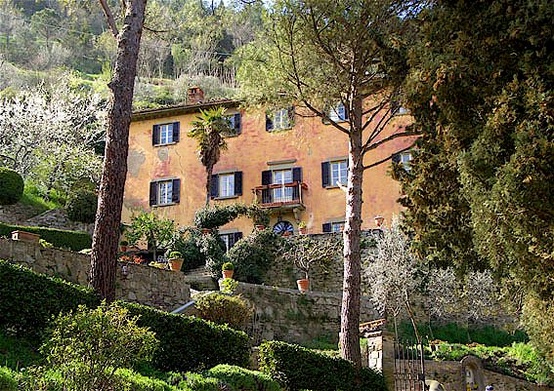
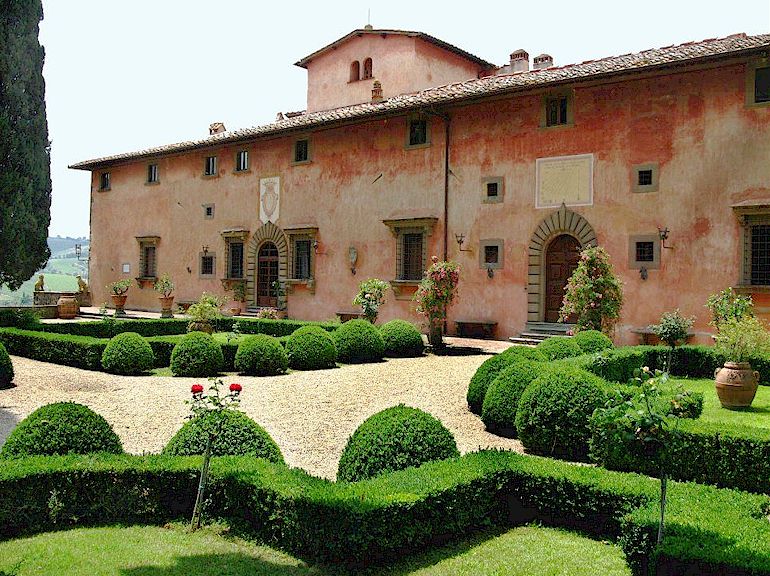
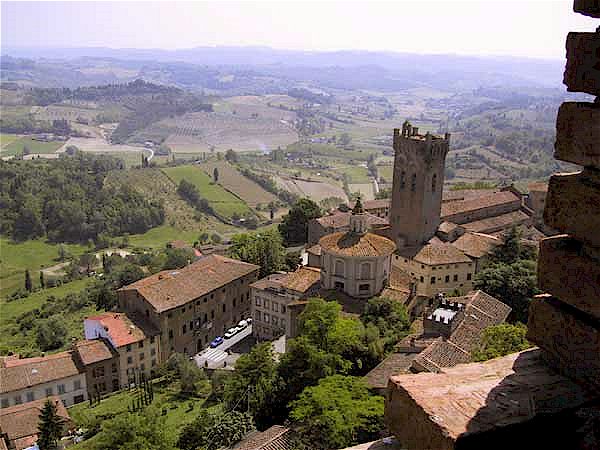
 Posted in
Posted in  Tags:
Tags: 